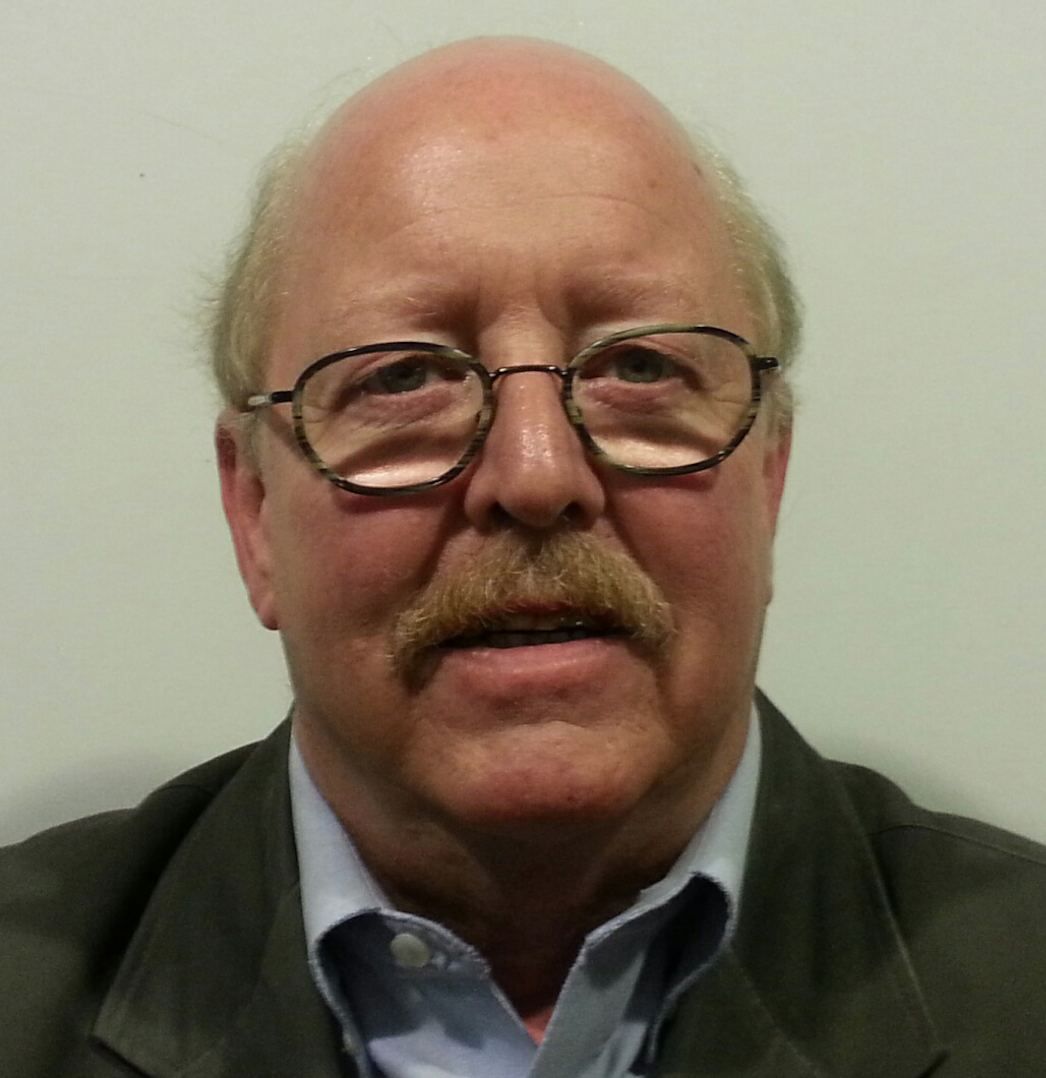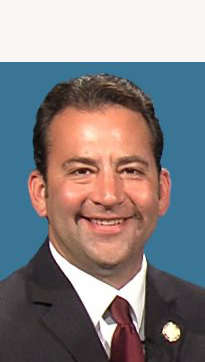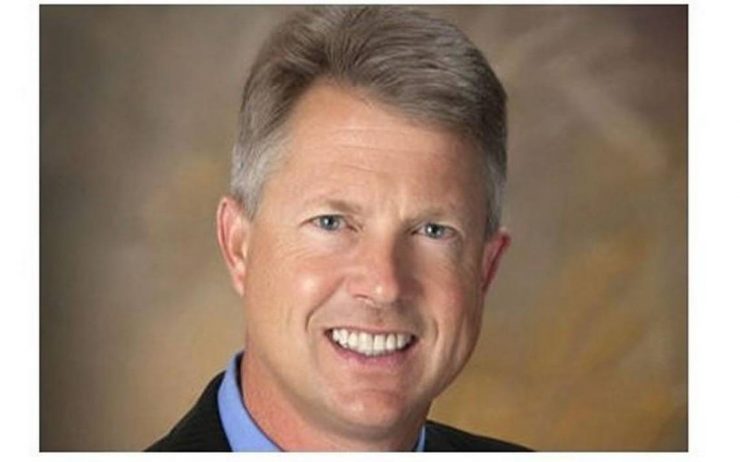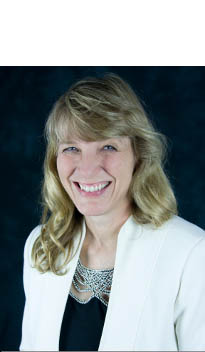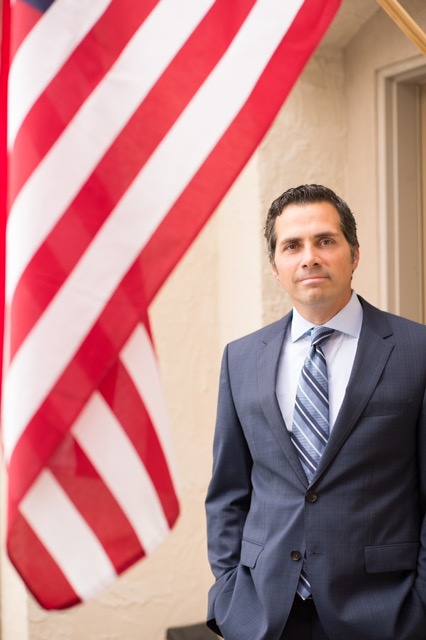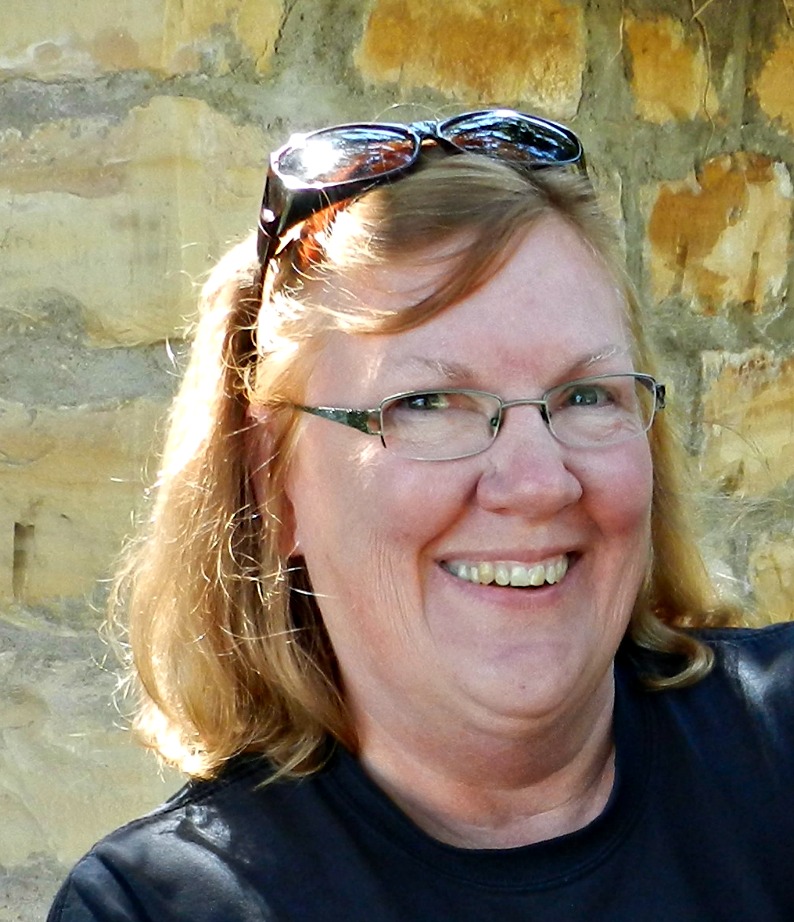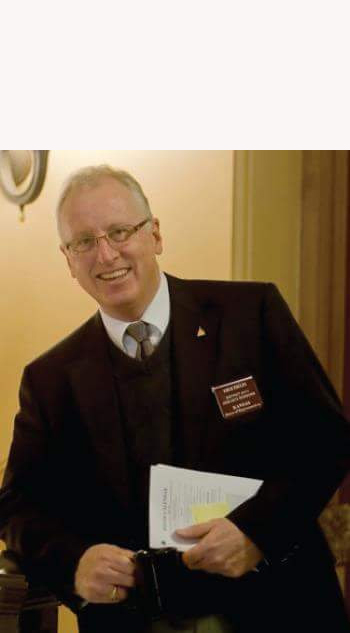By JOHN P. TRETBAR
Baker Hughes reported an increase of seven active oil rigs, and a decrease of seven gas rigs, so the total rig count for Friday was unchanged at 975. There were 318 rigs drilling across Canada, down seven. Independent Oil & Gas Service reported 27 active drilling rigs in western Kansas, up two for the week. The total in eastern Kansas was unchanged at eleven. Operators report drilling underway on leases in Barton and Ellis counties, and drilling ahead at other sites in Ellis and Stafford counties. They were moving in completion tools at one site in Barton County, two in Ellis and Russell counties, and at one lease in Stafford County.
The state of Kansas recorded 46 permits last week for drilling at new locations, 17 in eastern Kansas, 29 west of Wichita, including two each in Barton and Ellis counties.
Independent Oil & Gas Service reported 48 new well completions for the week, 227 so far this year. (There were 23 in eastern Kansas and 25 west of Wichita.) There were two newly completed wells in Barton County and three in Ellis County.
A committee in the Kansas House of Representatives last week rejected a bill that would have broadened the scope of saltwater disposal limitations, in an effort to prevent earthquakes. Current regulations limit only those disposal wells in earthquake zones in Harper and Barber County, but House Bill 2641 would have imposed the same restrictions on another 430 wells across Kansas. Edward Cross of KIOGA was among industry lobbyists arguing against the measure, saying the bill was based on a number of false assumptions and was an effort by “activists trying to disrupt the oil and gas industry.” The bill died in committee, but supporters say it could be referred to an interim study committee later on.
Colorado oil and gas regulators are raising taxes on energy developers to help pay for the environmental impacts of drilling. The Colorado Oil and Gas Conservation Commission approved a plan to raise $4.8 million more in taxes by charging 0.11 cents on every dollar’s worth of oil and gas produced. The industry supported this increase, after local governments and environmentalists urged a much bigger tax increase.
For the first time, a supertanker laden with US crude oil is on its way overseas. Bloomberg reports the ship is on its way to China from the Louisiana Offshore Oil Port, or LOOP, currently the only deep-water port in the US able to handle the huge ships. The Saudi-owned tanker Shaden was the first so-called very large crude carrier to load oil at the LOOP rather than unload oil there.
Preliminary numbers from the North Dakota regulators show December oil production fell for the first monthly drop since June. The state produced 1.18 million barrels per day in December. November’s final numbers were about about 46-thousand barrels shy of the state’s all time record set back in 2014. Director Lynn Helms said Thursday the number of well completions in North Dakota spiked from 77 in November to 93 in December.
A shortage of rail cars in Canada is leaving oil shipments and grain harvests stranded, sending crude prices plummeting and leaving farmers in a cash crunch. Bloomberg reports the nation’s biggest railways haven’t been able to deliver enough cars after harsh winter conditions and increased demand from the energy industry. Some farmers have been waiting for months to deliver wheat and canola to elevators before they can get paid. The squeeze also means that crude supplies are piling up in Alberta, pushing prices to the biggest discount relative to New York futures in more than four years.
The Philippines and China have agreed to set up a special panel to work out how and if they can jointly explore for oil and gas in offshore waters both sides claim without having to address the explosive issue of sovereignty. Forming an agreement for a joint project would be complex and sensitive as both countries claim jurisdiction of the site, so sharing the oil and gas reserves could be deemed legitimizing the other side’s claim, or even ceding sovereign territory. A senior Philippine official also told Reuters that several Southeast Asian countries and China would begin negotiations next month on a long-awaited maritime code of conduct.


